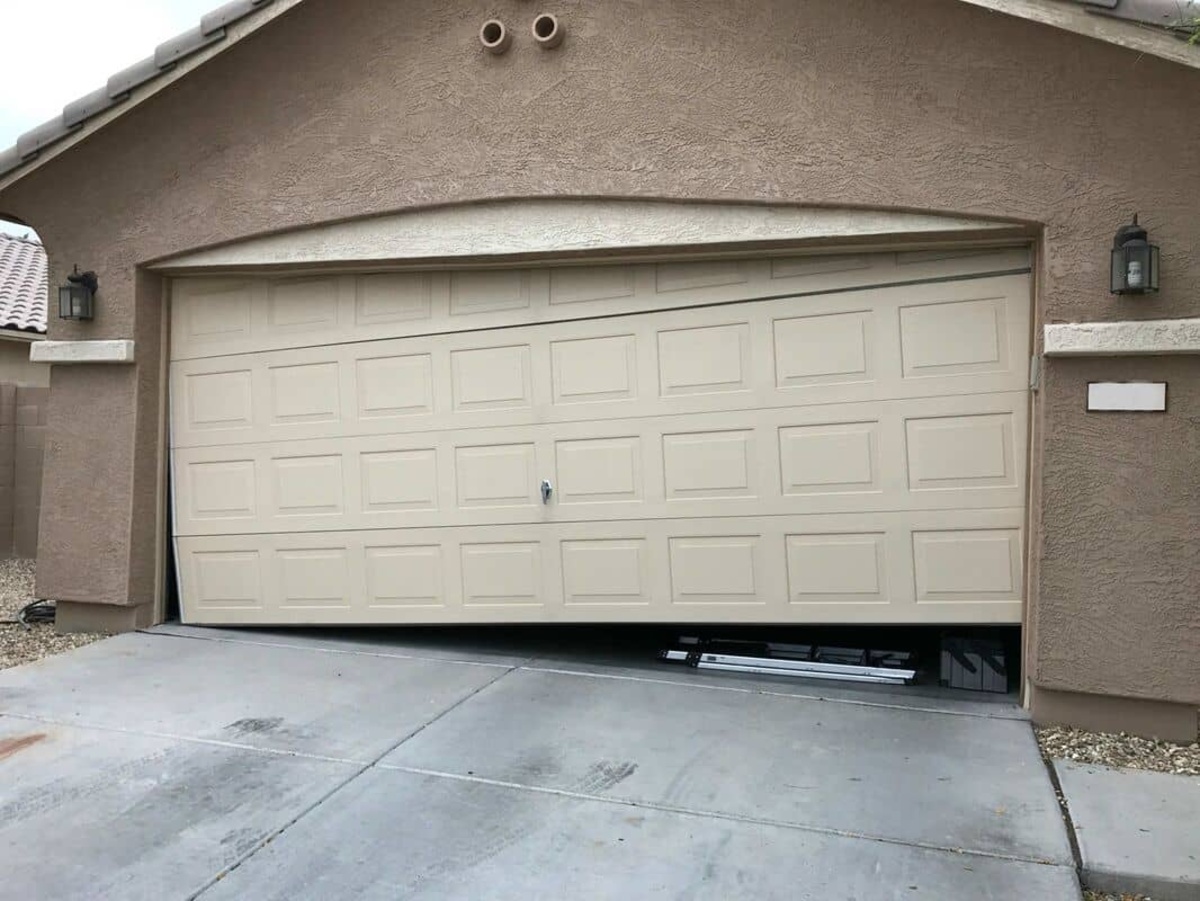

Articles
How To Fix A Garage Door Off Track
Modified: October 28, 2024
Learn how to fix a garage door off track with our informative articles. Find step-by-step guides and expert tips to get your door back on track quickly.
(Many of the links in this article redirect to a specific reviewed product. Your purchase of these products through affiliate links helps to generate commission for Storables.com, at no extra cost. Learn more)
Introduction
A garage door off track is a common issue that many homeowners encounter. It can be frustrating and inconvenient, but the good news is that it is a problem that can often be fixed without the need for professional help. In this article, we will guide you through the steps to fix a garage door that has gone off track, providing you with the knowledge and tools you need to get your garage door back on track.
When a garage door goes off track, it means that the rollers have come out of the tracks on either side of the door. This can happen due to a variety of reasons, such as worn or damaged tracks, loose bolts, or misaligned rollers. Whatever the cause may be, it is important to address the issue promptly to avoid further damage to the door and to ensure your safety.
Fixing a garage door off track may seem daunting, but with the right tools and a little bit of patience, it is a task that can be tackled by most homeowners. Not only will you save money by fixing the problem yourself, but you will also gain valuable knowledge and skills that can be applied to other home maintenance tasks.
Before we dive into the step-by-step guide, let’s take a look at some of the common causes of a garage door going off track. By understanding the underlying reasons, you will be better equipped to prevent future occurrences and take appropriate measures to maintain the functionality of your garage door.
Key Takeaways:
- Regular maintenance of garage door tracks and rollers can prevent off-track incidents, saving homeowners time and money while ensuring smooth and reliable operation of the garage door.
- DIY repair of a garage door off track is achievable with the right tools and knowledge, empowering homeowners to troubleshoot and address common household issues independently.
Read more: How To Oil Garage Door Tracks
Causes of a Garage Door Going Off Track
There are several reasons why a garage door may go off track. Understanding these causes will not only help you address the issue at hand but also prevent similar problems in the future. Here are some common causes of a garage door going off track:
- Poor Track Alignment: One of the main causes of a garage door going off track is poor track alignment. Over time, the tracks can become misaligned due to various factors, such as regular use, temperature fluctuations, or even accidental impact. When the tracks are not properly aligned, it can cause the rollers to come out of the track, resulting in a dysfunctional garage door.
- Worn or Damaged Tracks: The tracks on which the garage door rollers glide can wear out or get damaged over time. This can be due to rust, corrosion, or general wear and tear. When the tracks become worn or damaged, they can no longer provide a smooth surface for the rollers, leading to them coming off track.
- Loose Bolts or Hardware: Another common cause of a garage door going off track is loose bolts or hardware. If the bolts that hold the tracks or other components of the garage door in place are not tightened properly, it can lead to instability and misalignment. Loose hardware can cause the tracks to shift, resulting in the rollers going off track.
- Misaligned Rollers: The rollers of a garage door play a crucial role in its smooth operation. If the rollers are not properly aligned with the tracks, they can easily come off track. This misalignment can be caused by factors such as bent or damaged rollers, worn bearings, or dirt and debris accumulation in the tracks.
- Excessive Force or Impact: Applying excessive force or accidentally hitting the garage door can cause it to go off track. Whether it’s due to a car bumping into the door or attempting to manually force a stuck door open, these sudden impacts can dislodge the rollers from their tracks.
By understanding these common causes, you can take necessary precautions to prevent your garage door from going off track. Regular maintenance, such as cleaning the tracks, lubricating the rollers, and checking for loose bolts, can help ensure that your garage door operates smoothly and remains on track.
Tools and Materials Needed
Before you begin fixing a garage door off track, it is important to gather the necessary tools and materials. Having everything prepared will make the process smoother and more efficient. Here are the tools and materials you will need:
- Adjustable wrench: This tool will come in handy for tightening or loosening bolts, nuts, and other hardware.
- Screwdriver set: A set of screwdrivers with various sizes and types will be needed for removing screws and accessing different parts of the garage door system.
- Pliers: Pliers will be useful for holding and manipulating small parts, such as nuts and bolts.
- Ladder: Depending on the height of your garage door, a ladder may be necessary to access the tracks and roller system.
- Cleaning supplies: You will need cleaning supplies, such as a brush or a cloth, to remove any dirt, debris, or rust from the tracks and rollers.
- Lubricant: A lubricant specifically made for garage doors will be needed to ensure smooth movement of the rollers along the tracks.
- Safety glasses: It is important to protect your eyes during the repair process, as there may be debris or particles that could potentially cause harm.
- Gloves: Wearing gloves will not only protect your hands from dirt and grime but also provide some insulation when working with metal components.
- Replacement parts: Depending on the condition of your garage door system, you may need to have replacement parts on hand. This could include new rollers, track brackets, or other components.
Make sure you have all these tools and materials readily available before you begin the repair process. This will help you save time and prevent any interruptions during the repair.
Step 1: Disconnect the Garage Door Opener
Before you start working on fixing a garage door off track, it is essential to disconnect the garage door opener. This step is crucial for your safety and to prevent any accidental movement of the door while you are working on it. Here’s how to disconnect the garage door opener:
- Locate the power source: Most garage door openers have a power cord that can be easily traced to an electrical outlet. Disconnect the power to the opener by either unplugging the power cord or switching off the circuit breaker that supplies electricity to the opener.
- Engage the manual release mechanism: Garage door openers have a manual release mechanism that allows you to disengage the door from the opener for manual operation. This mechanism is usually located near the top of the opener and can be engaged by pulling the release lever or cord. Consult your garage door opener’s manual if you’re unsure where the release mechanism is located.
- Test the disconnection: After engaging the manual release mechanism, try to manually open and close the garage door to ensure that it is properly disconnected from the opener. The door should move freely without any resistance or attachment to the opener.
By disconnecting the garage door opener, you eliminate the risk of the door unexpectedly moving or being activated while you are working on it. This step ensures your safety and allows you to focus on fixing the off-track issue without any distractions.
Step 2: Inspect the Tracks
Once you have disconnected the garage door opener, the next step in fixing a garage door off track is to inspect the tracks. Inspecting the tracks will help you identify any issues or damage that may be causing the door to go off track. Follow these steps to inspect the tracks:
- Visually inspect the tracks: Take a close look at the tracks on both sides of the garage door. Look for any signs of damage, such as dents, bends, or rust. Additionally, check for any debris or obstructions that may be blocking the tracks.
- Check the alignment: Determine whether the tracks are properly aligned. Look for any gaps or unevenness between the tracks and the door. Misalignment can cause the rollers to come out of the track and result in the door going off track.
- Measure the level of the tracks: To ensure proper alignment, use a level to check whether the tracks are parallel to the ground. If you find any section of the track that is noticeably uneven, it may need to be adjusted or replaced.
- Tighten loose bolts: While inspecting the tracks, check for loose bolts or screws that hold the tracks in place. Use a wrench or screwdriver to tighten any loose hardware to ensure that the tracks are securely fastened.
By thoroughly inspecting the tracks, you can identify any issues that may be causing the garage door to go off track. This step allows you to assess the condition of the tracks and determine the necessary course of action for the repair process.
Regularly inspect the tracks and rollers for any debris or damage. Keep the tracks clean and lubricated to prevent the door from going off track.
Read more: How To Adjust Garage Door Tracks
Step 3: Align the Tracks
After inspecting the tracks, if you find misalignment or unevenness, it is important to realign them to ensure smooth operation of the garage door. Here’s how to align the tracks:
- Loosen the track bolts: Using a wrench or screwdriver, loosen the bolts that secure the tracks to the garage door frame. Do not completely remove the bolts, just loosen them enough to allow for adjustment.
- Align the tracks: Gently nudge the tracks back into alignment using a rubber mallet or a block of wood. Make small adjustments as necessary, ensuring that the tracks are parallel to each other and are evenly spaced from the edges of the door.
- Check the level: Use a level to verify that the tracks are perfectly aligned and level. Make any additional adjustments to ensure proper alignment.
- Tighten the track bolts: Once the tracks are aligned, tighten the track bolts securely using a wrench or screwdriver. Be careful not to overtighten, as this could damage the tracks.
Properly aligning the tracks is essential to prevent the garage door from going off track in the future. Misaligned tracks can cause the rollers to derail and create unnecessary strain on the door. By taking the time to realign the tracks, you ensure the smooth and reliable operation of your garage door.
Step 4: Secure the Tracks
Once you have aligned the tracks, the next step in fixing a garage door off track is to secure them in place. Securing the tracks will help maintain their alignment and prevent them from moving or shifting during the operation of the garage door. Follow these steps to secure the tracks:
- Tighten the track bolts: Using a wrench or screwdriver, go through the entire length of the tracks and ensure that all the bolts are tightened securely. This helps to hold the tracks in place and maintain their alignment.
- Inspect the brackets: Check the track brackets that hold the tracks to the garage door frame. Make sure they are securely attached and not damaged. Replace any brackets that are loose or damaged to ensure proper support for the tracks.
- Reinforce with additional support: For added stability, consider installing support brackets along the tracks. These brackets can be attached to the ceiling or the walls of the garage to provide extra reinforcement and prevent the tracks from shifting.
- Verify the stability: Once you have secured the tracks and added any necessary support brackets, give the tracks a gentle shake to ensure stability. They should feel firm and immovable.
Securing the tracks is crucial for the long-term functionality of the garage door. It helps to maintain the alignment achieved in the previous step and prevents the tracks from moving out of place. By ensuring the tracks are properly secured, you reduce the chances of the garage door going off track again in the future.
Step 5: Check the Rollers
After securing the tracks, it’s important to inspect and assess the condition of the garage door rollers. The rollers play a significant role in the smooth operation of the door, and any damage or misalignment can cause the door to go off track. Follow these steps to check the rollers:
- Inspect the rollers: Examine each roller closely for any signs of damage, such as cracks, chips, or worn-out bearings. If you notice any visible damage, it’s recommended to replace the affected rollers.
- Clean the rollers: Use a brush or a cloth to remove any dirt, debris, or buildup from the rollers. Cleaning the rollers will help ensure smooth movement along the tracks.
- Lubricate the rollers: Apply a lubricant specifically designed for garage doors to the rollers. This will reduce friction and help the rollers glide effortlessly along the tracks. Be sure to use a lubricant recommended by the manufacturer or consult your garage door manual for the appropriate lubrication method.
- Check roller alignment: Ensure that the rollers are properly aligned with the tracks. They should fit snugly and move freely without any obstructions or resistance. If you notice any misalignment, adjust the rollers accordingly.
- Replace worn-out rollers: If you find any rollers that are damaged or worn-out, it’s crucial to replace them promptly. Damaged rollers can cause the door to go off track and may lead to further problems down the line.
Checking the condition and alignment of the rollers is vital for the smooth operation and longevity of the garage door. Properly functioning rollers minimize the strain on the tracks and help prevent the door from going off track. By regularly inspecting and maintaining the rollers, you can ensure optimal performance and extend the lifespan of your garage door system.
Step 6: Reconnect the Garage Door Opener
After completing the necessary repairs and adjustments to fix a garage door off track, it’s time to reconnect the garage door opener. Reconnecting the opener allows you to once again enjoy the convenience of automatically opening and closing your garage door. Follow these steps to reconnect the garage door opener:
- Disengage the manual release mechanism: If you haven’t done so already, disengage the manual release mechanism that you engaged in Step 1. This will allow the garage door to once again be operated by the opener.
- Power up the garage door opener: Plug in the power cord of the garage door opener or switch on the circuit breaker dedicated to the opener to provide it with electricity.
- Synchronize the opener with the door: Follow the manufacturer’s instructions to synchronize the opener with the garage door. This may involve pressing specific buttons on the opener or following a specific sequence of actions to ensure the opener recognizes the door.
- Test the operation: Once the opener is synchronized with the door, test the operation of the garage door. Use the remote control or wall button to open and close the door. Pay attention to any unusual noises or resistance that may indicate further adjustments are needed.
Reconnecting the garage door opener allows for seamless automation and ease of use. By following these steps, you can ensure that the opener and the garage door are properly synchronized, resulting in smooth and reliable operation.
Remember, if you encounter any difficulty during the reconnection process or notice any issues with the functioning of the opener or garage door, it is recommended to consult a professional for further assistance.
Read more: How To Install A Garage Door Track
Conclusion
Fixing a garage door off track may seem like a daunting task, but with the right knowledge and tools, it is a repair that most homeowners can accomplish themselves. By following the step-by-step guide outlined in this article, you can effectively address an off-track garage door and restore its smooth and reliable operation.
Throughout the repair process, it is important to prioritize safety. Always disconnect the garage door opener and take necessary precautions to avoid any accidents or injuries. Additionally, regularly inspecting and maintaining your garage door tracks and rollers can help prevent off-track issues from occurring in the future.
Remember, each step in the process is crucial for a successful repair. From inspecting and aligning the tracks to securing them in place, checking the condition of the rollers, and finally reconnecting the garage door opener, each action contributes to the overall functionality of the garage door system.
By taking the time to fix a garage door off track, you not only save money by avoiding professional assistance but also gain valuable knowledge and skills that can be applied to other maintenance tasks around your home. It’s empowering to be able to troubleshoot and repair common household issues on your own.
However, if you encounter any challenges during the repair process or feel unsure about any step, it is always recommended to seek the help of a professional. They have the expertise and experience to handle complex repairs and ensure the optimal functioning of your garage door.
In conclusion, by following the steps outlined in this article and being diligent in maintaining your garage door, you can keep it running smoothly and prevent future off-track incidents. A well-maintained garage door not only enhances convenience but also adds to the overall safety and security of your home.
Frequently Asked Questions about How To Fix A Garage Door Off Track
Was this page helpful?
At Storables.com, we guarantee accurate and reliable information. Our content, validated by Expert Board Contributors, is crafted following stringent Editorial Policies. We're committed to providing you with well-researched, expert-backed insights for all your informational needs.
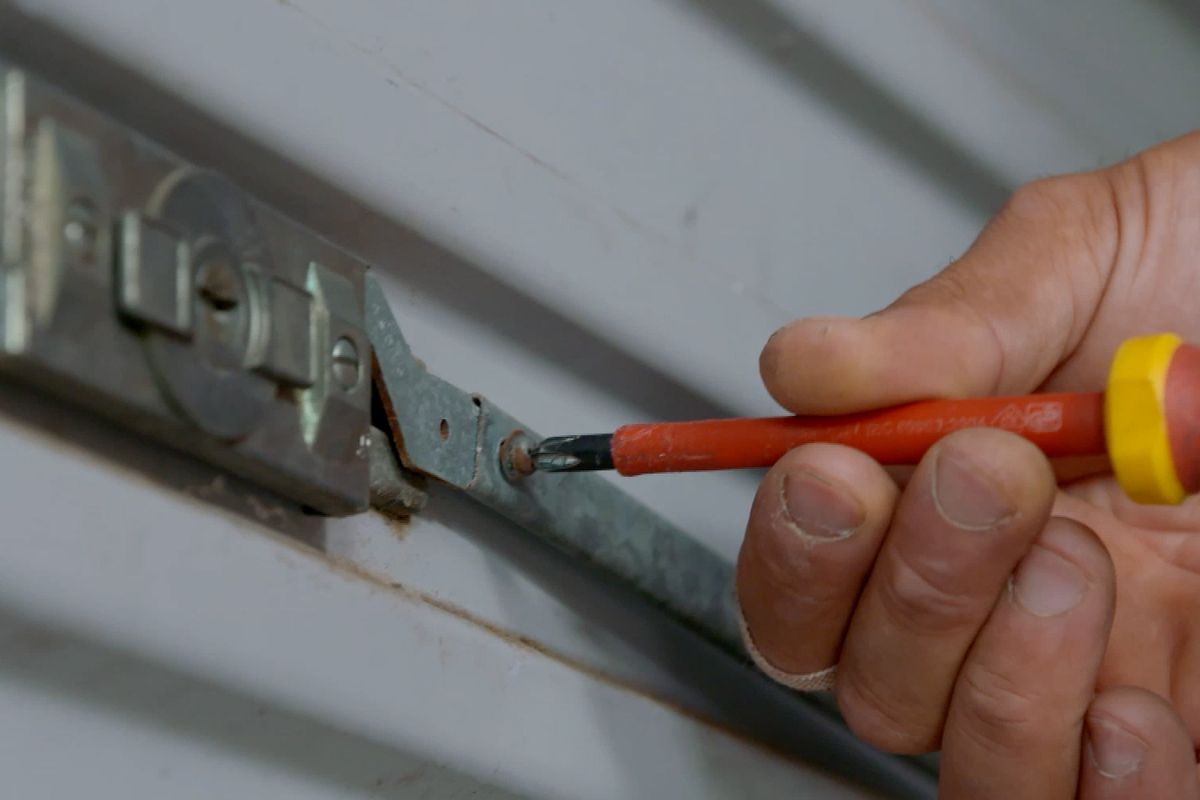

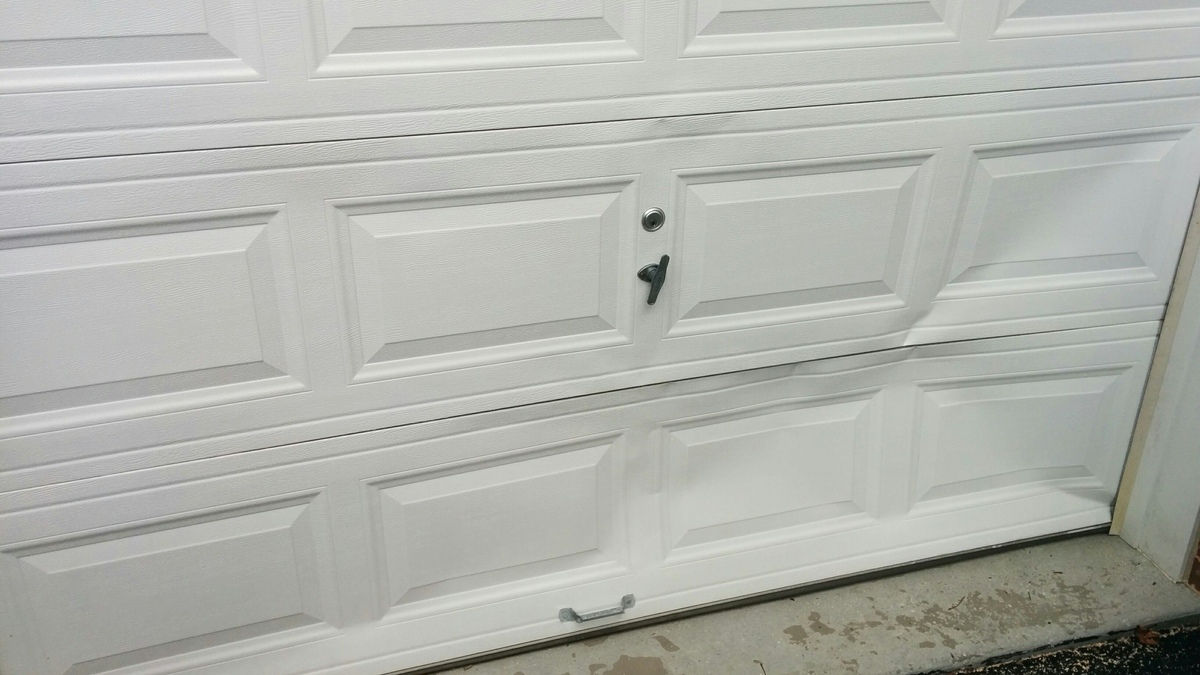
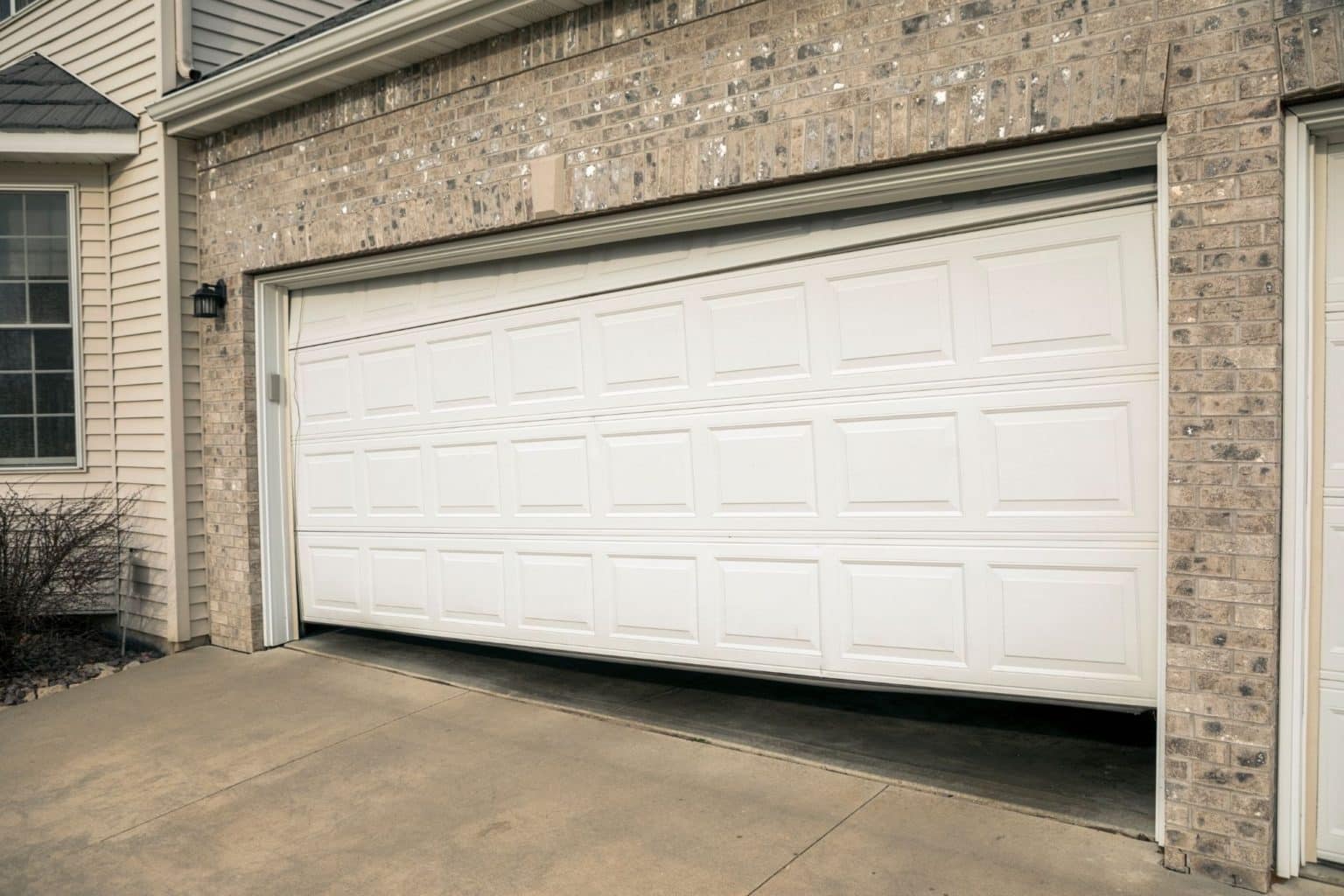
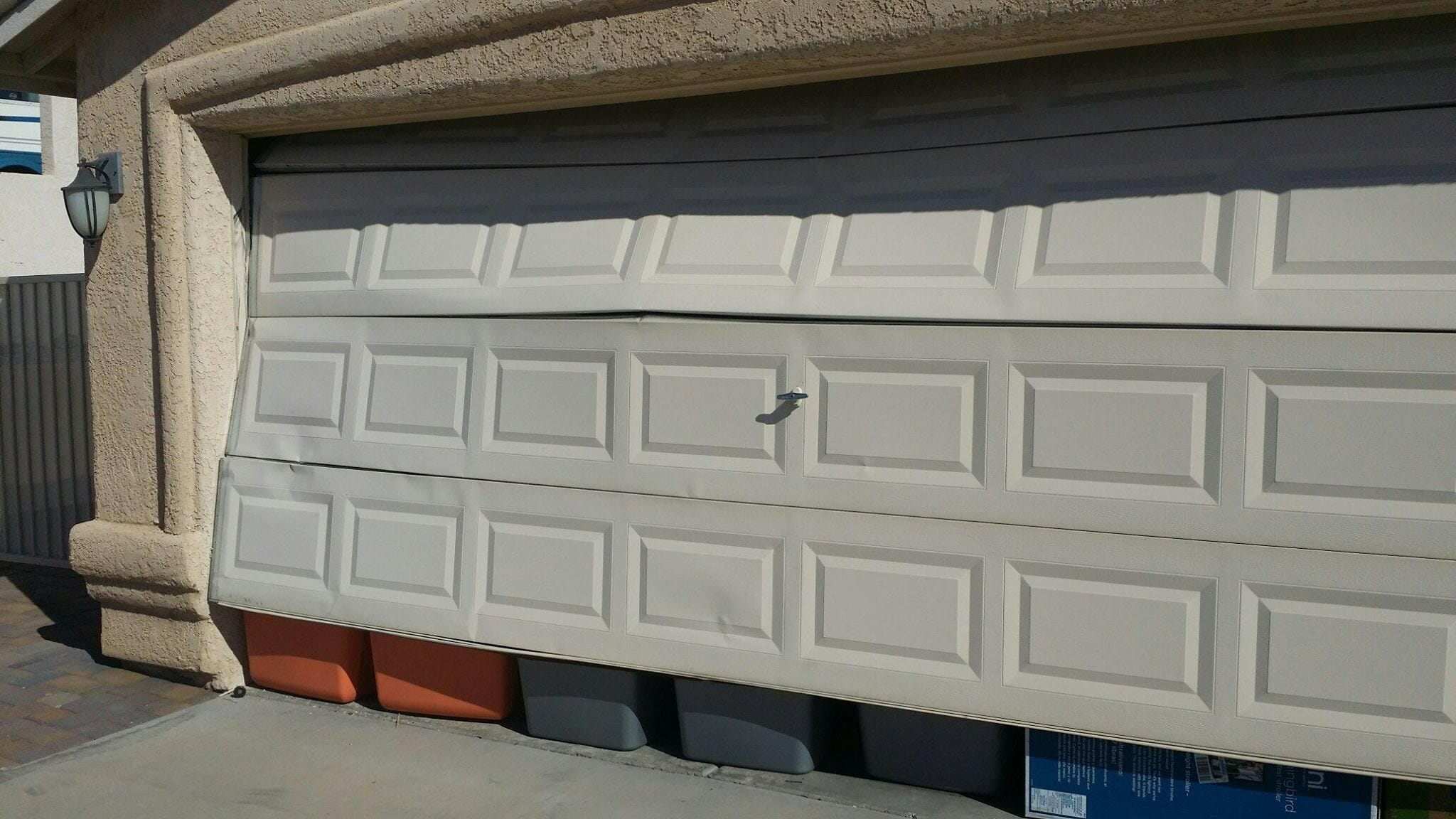
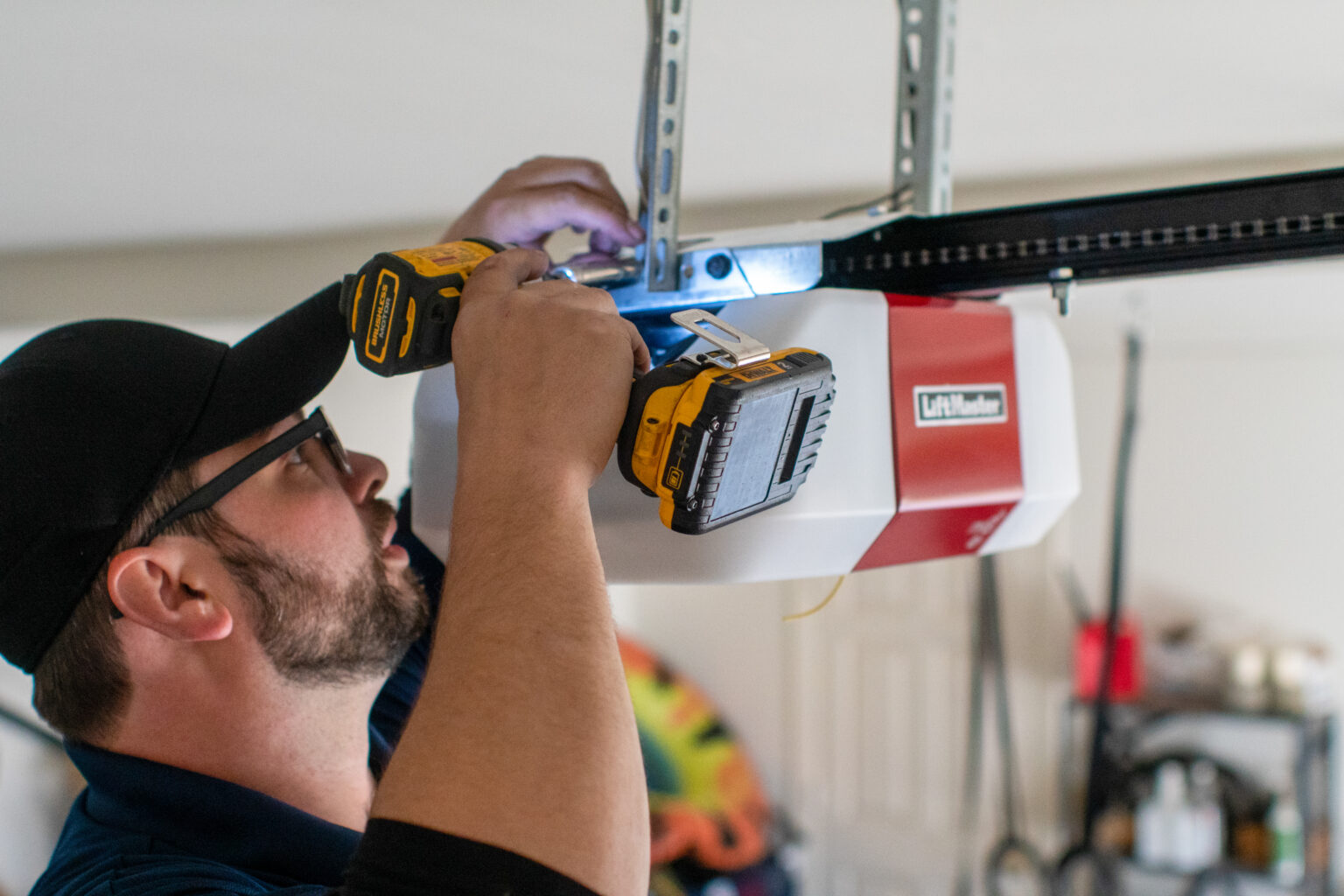
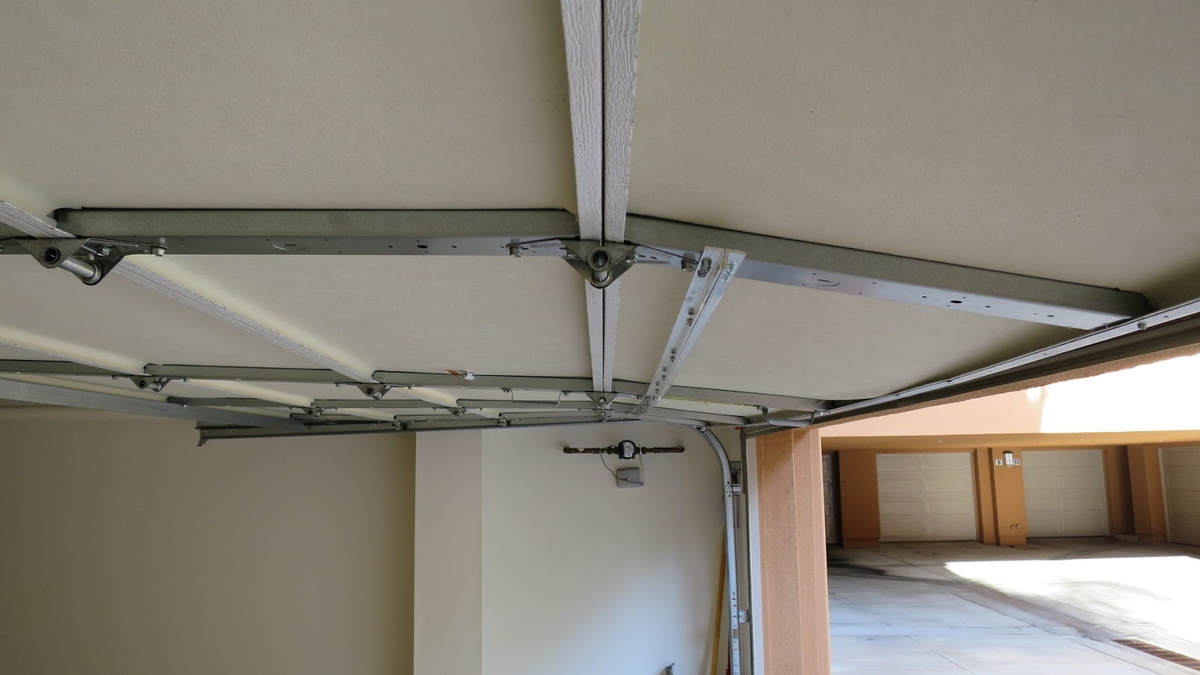
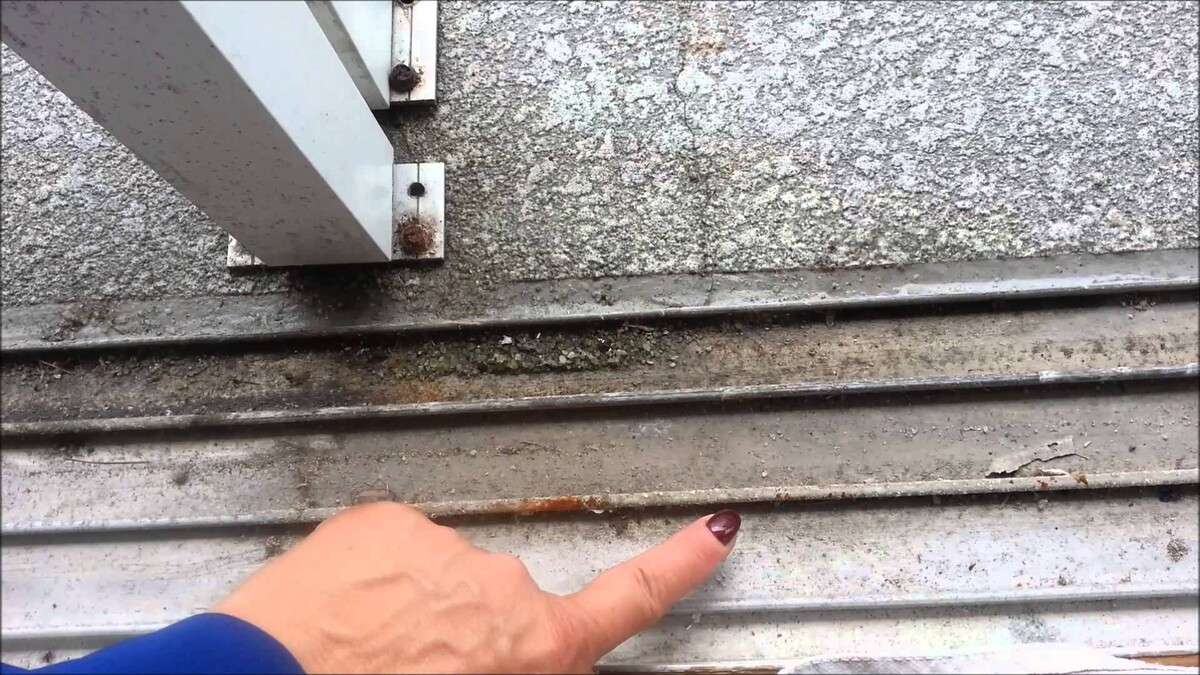
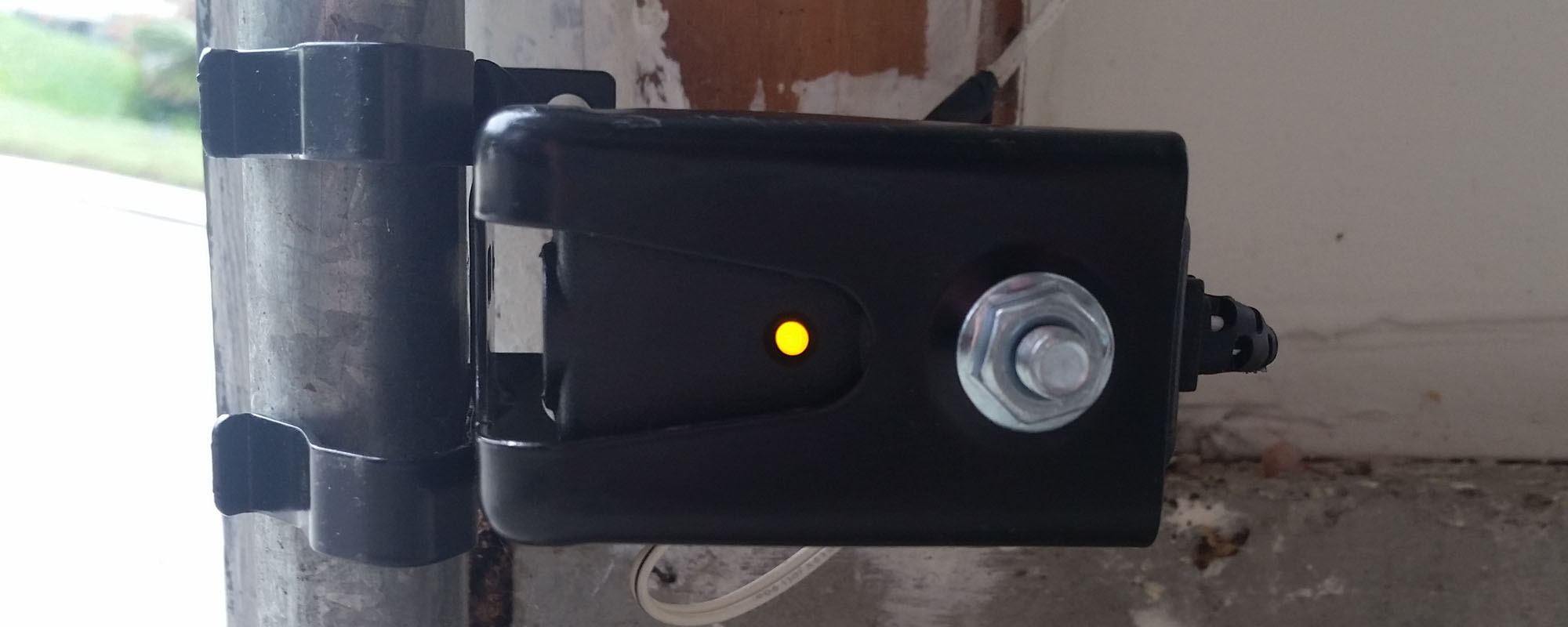
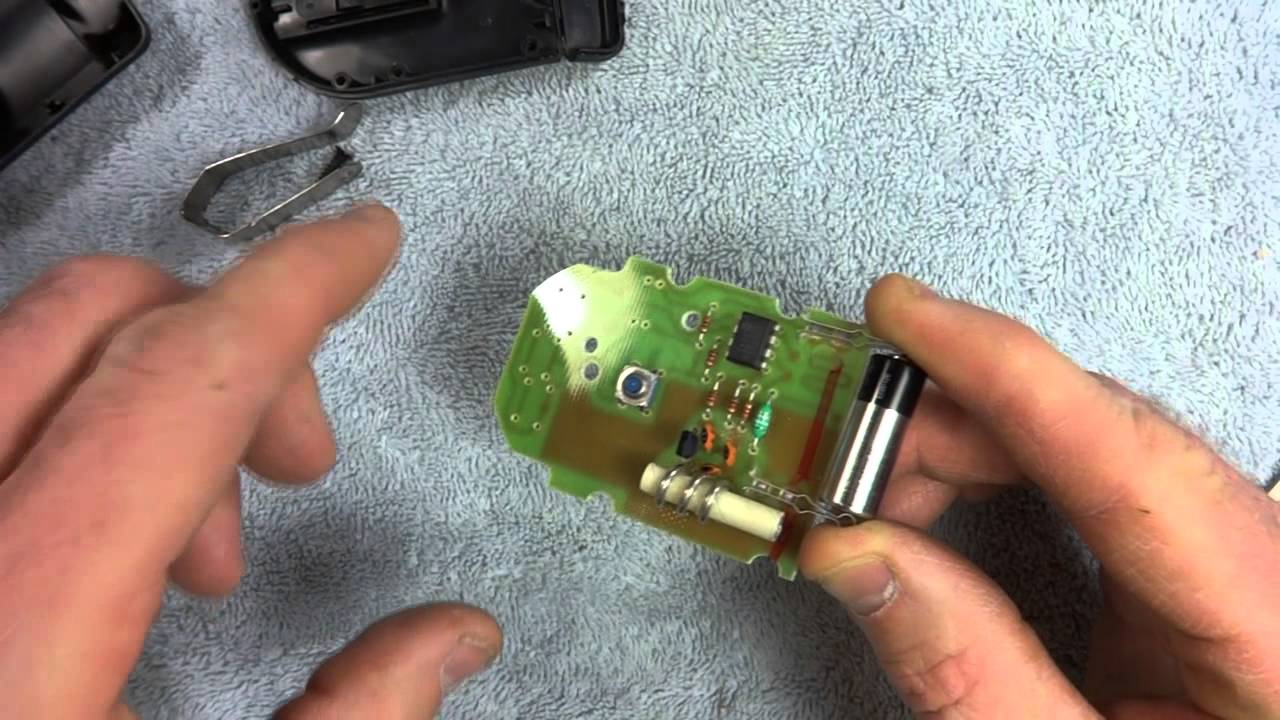
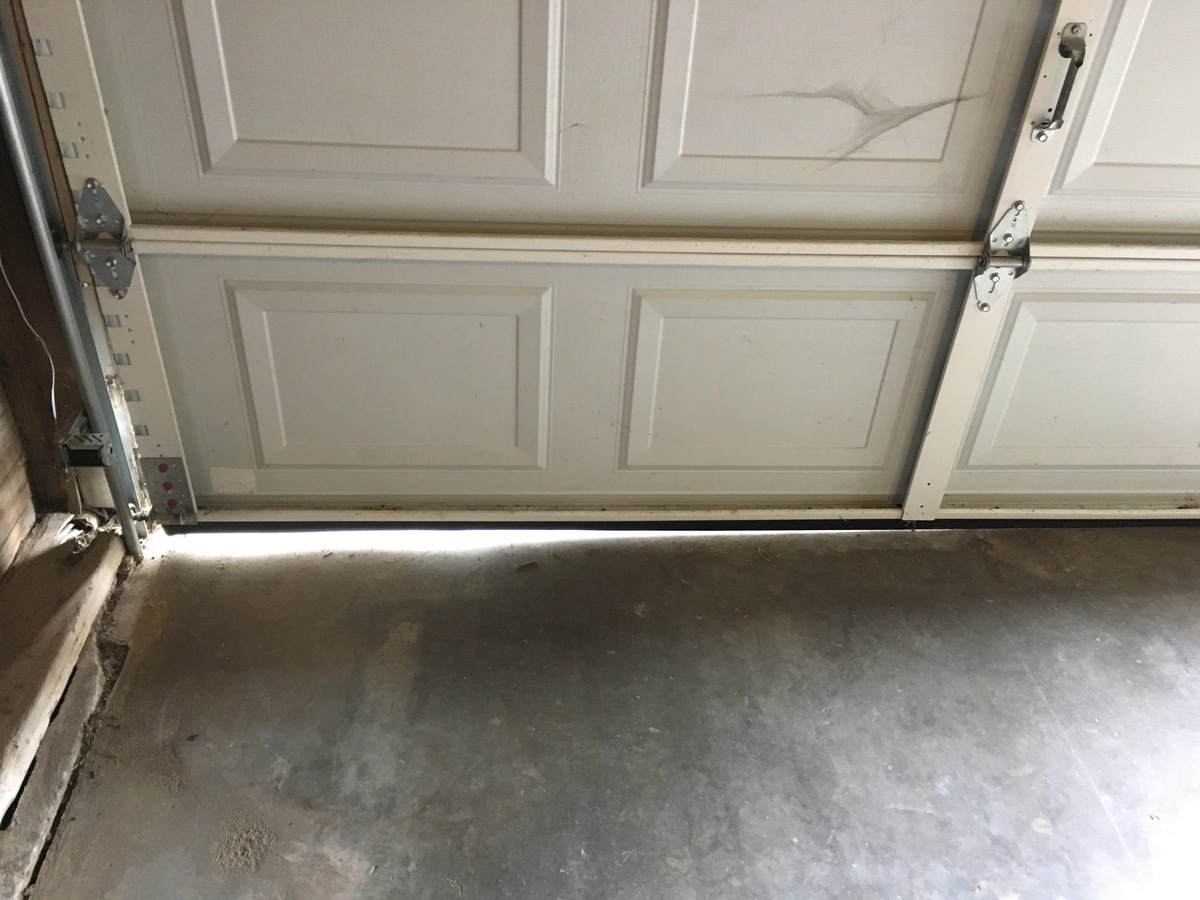

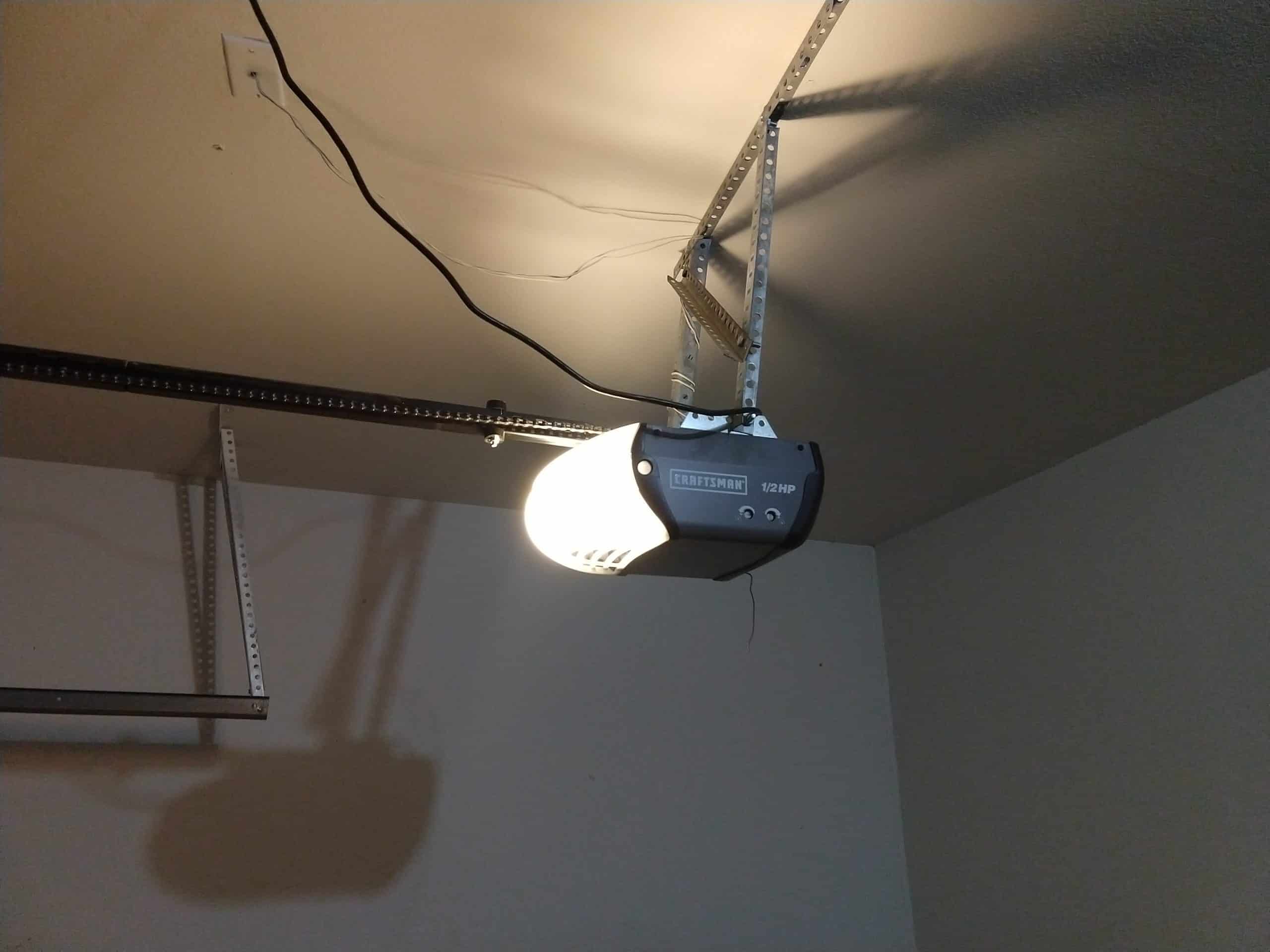

0 thoughts on “How To Fix A Garage Door Off Track”